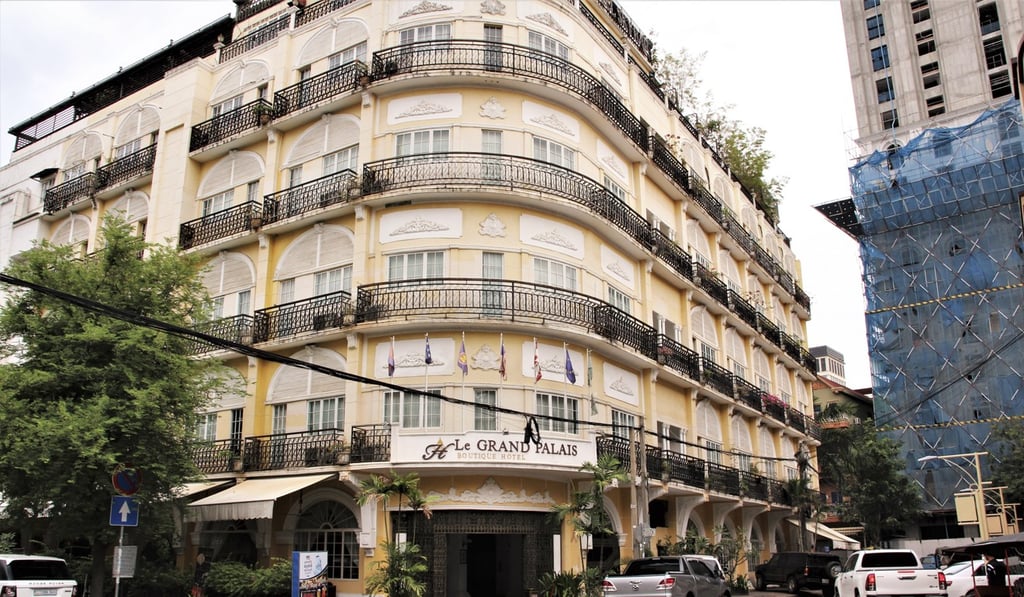‘Pearl of the Orient’ losing its charms to development: Phnom Penh high-rises sprout, heritage buildings out
- A provincial elegance reminiscent of southern France, the most diverse architecture in Southeast Asia – how much has changed as Cambodian capital has developed
- Half the city’s historically significant buildings have been razed in 20 years, as Chinese money fuels a construction boom that defies rational explanation

Phnom Penh is not the only Southeast Asian city to have declared itself the “Pearl of the Orient” at one time or another. But for the century before a decline that began in 1970 and led to genocide and civil war, the Cambodian capital laid legitimate claim to the title.
It was, wrote American historian David Chandler, a resident in the 1960s, “a somnolent, handsome city … with wide, almost empty boulevards bordered with flame trees and bougainvillea. It had a sunstruck, provincial elegance that reminded some visitors of southern France.”
Other accounts describe a city of sensual pleasures; of music, cinema and art; of cafes, bars and restaurants; and one with a wealth of architectural heritage, from temple spires and multi-tiered pitched roofs, to grand French buildings in ochre and whitewash, to the bold geometric forms of art deco.

The city’s golden age ended when the war raging in neighbouring Vietnam spread to Cambodia in 1970. It was the start of a slow-motion tragedy that brought the Khmer Rouge to power, saw the capital emptied of people, the middle class exterminated, and the onset of a civil war that would not end until 1998.